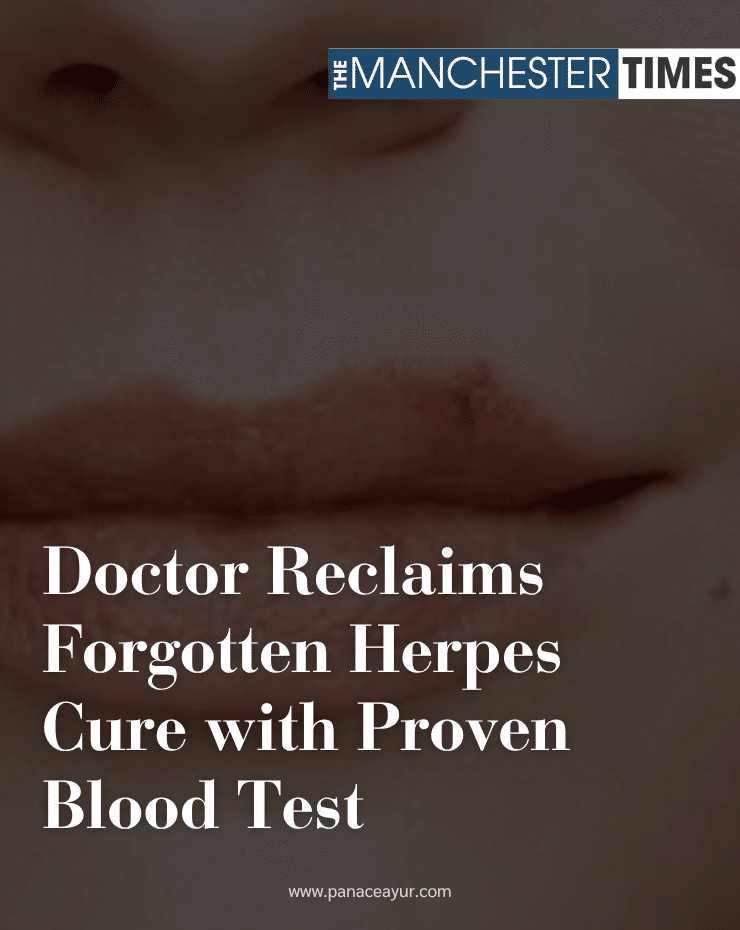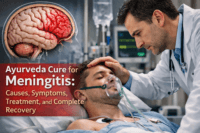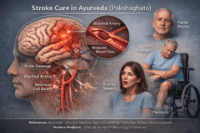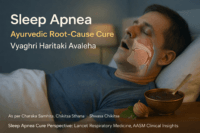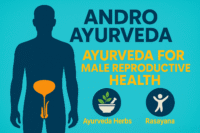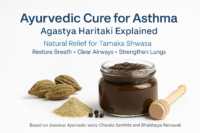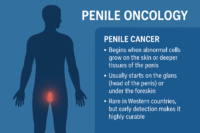In June 2025, Manchester‑based Ayurvedic physician Dr. Arjun Kumar demonstrated complete herpes viral clearance by self‑administering a centuries‑old Ayurvedic Rasayana protocol and validating the results with modern blood testing.
He published his DNA PCR and IGG lab reports on YouTube, providing unprecedented transparency for an alternative medical cure. His method revives a forgotten Ayurvedic treatment, combining purified minerals such as Gandhak Rasayan, Abhrak Bhasma, and Swarna Makshik Bhasma with antiviral botanicals like Kalmegh and Neem.
Dr. Kumar has documented this regimen in his new book Herpes Cure: A Research‑Backed Guide to Healing Through Herbal Medicine . The treatment protocol is freely accessible to UK readers through PanaceAyur’s online recovery guide, which includes dietary recommendations and precise Rasayana formulations . This approach is grounded in contemporary scientific research, with studies highlighting the antiviral properties of key components and their immunomodulatory effects . Herpes simplex virus comprises two main strains, HSV‑1 and HSV‑2, which respectively account for orolabial and genital infections (Wikipedia).
In the UK, HSV‑1 seroprevalence reaches approximately 70%, while HSV‑2 affects about 10% of the population, underscoring the urgent need for innovative therapies While conventional medicine focuses on symptom management, Dr. Kumar’s protocol targets root‑level viral eradication and immune restoration. His case represents one of the few documented instances of doctor‑led self‑experimentation in Ayurvedic medicine, reshaping the global conversation around integrative health solutions. Europe‑wide HSV‑1 seroprevalence ranges from 69% to 78%, highlighting the widespread impact of the virus beyond the UK (Wikipedia).
Further Details
Dr. Kumar’s self‑experiment relied on a combination of classical Rasayana preparations and precise dosing protocols derived from ancient Sanskrit texts, adapted for contemporary clinical application with oversight from UK diagnostic laboratories. The free UK recovery guide on PanaceAyur’s website offers step‑by‑step instructions, dietary guidelines, and follow‑up strategies to ensure patient safety and protocol fidelity .


